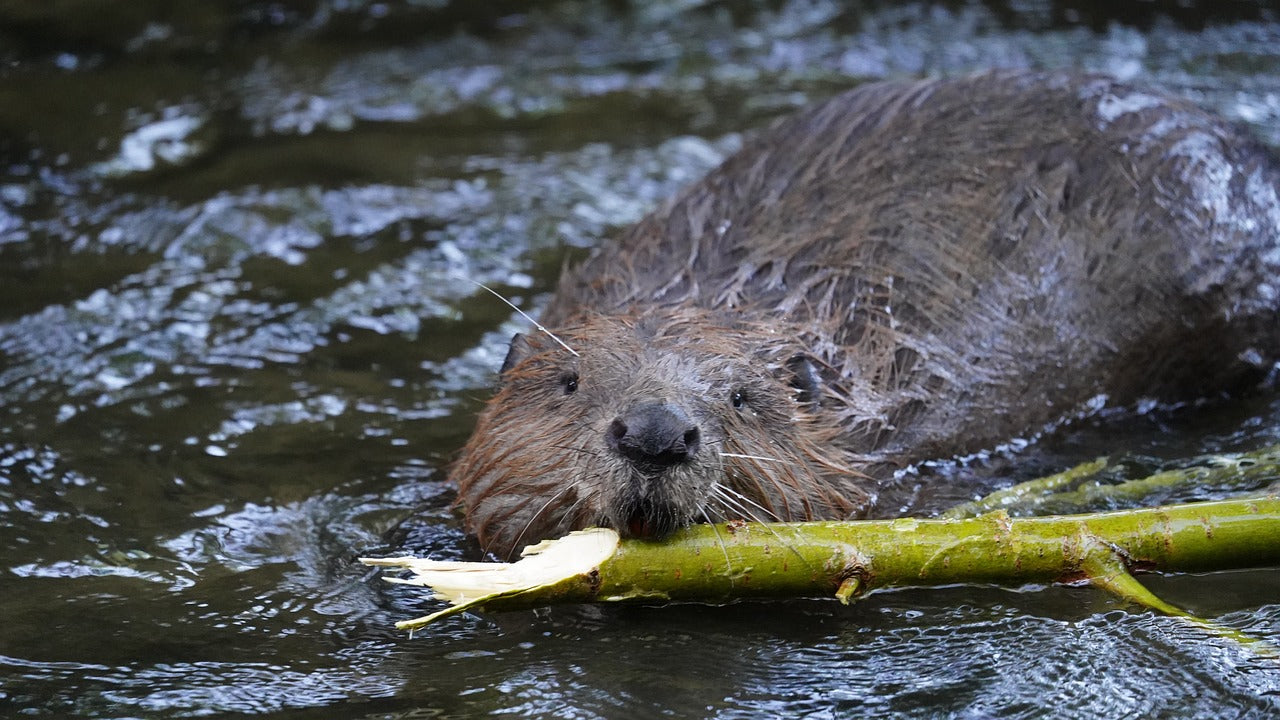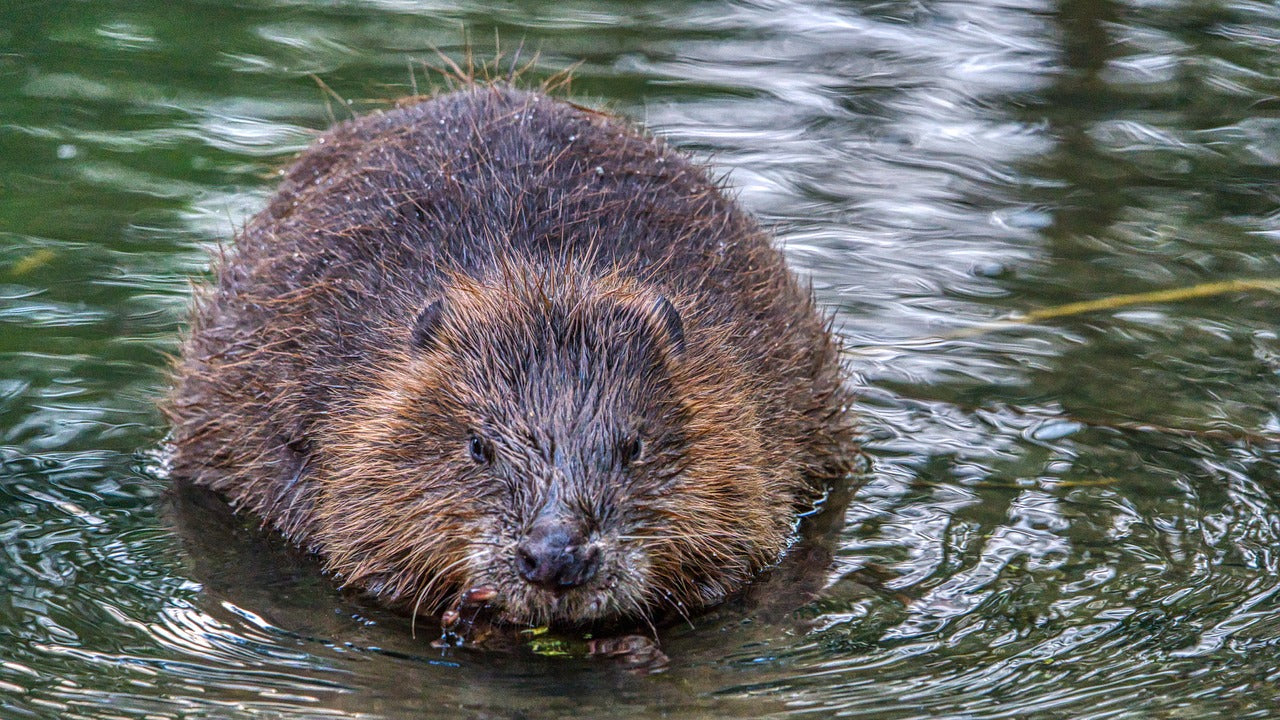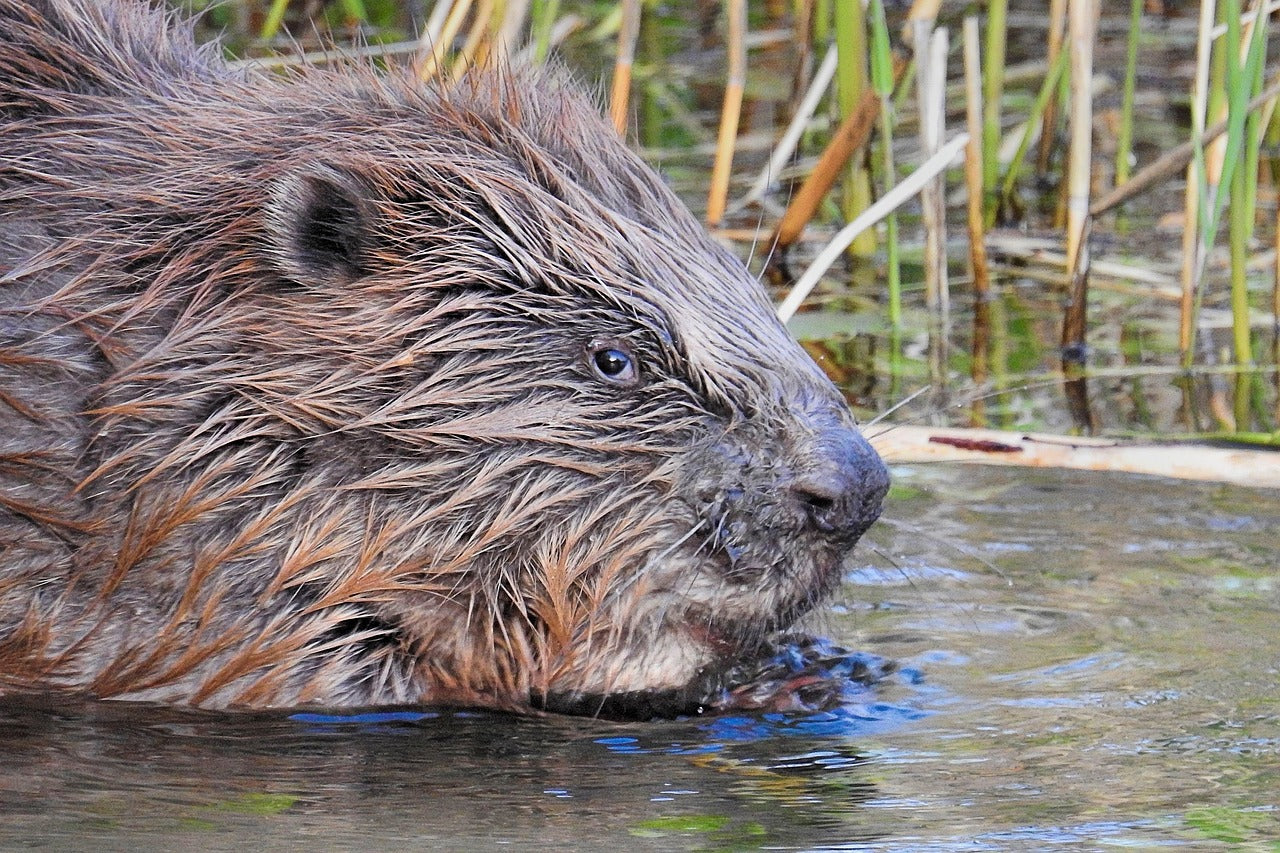Eurasian Beaver
The ultimate ecosystem engineer
Full Name: Eurasian Beaver
Latin Name: Castor fiber
Classification: Mammal
Adult Weight: Typically between 11 and 30kg.
Adult Length: Up to 70 to 100cm, not including their tail, which can be another 30 to 40cm.
Lifespan: 10-15 years in the wild, longer in captivity.
Preferred Habitat: The ultimate ecosystem engineer, beavers create their own habitats unlike any other animal. They're are most often found in slow-moving freshwater environments, particularly in areas with plenty of trees.
Status: Now classified as "Least Concern," they have been successfully reintroduced in various parts of Europe.



















